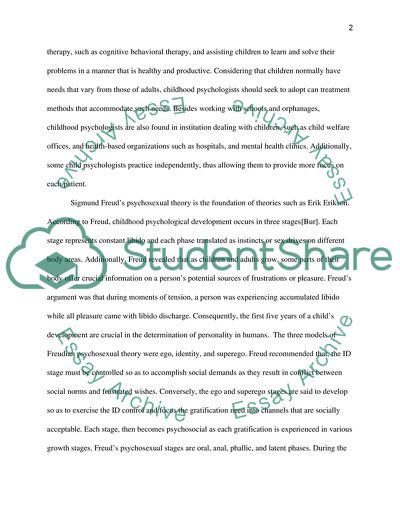Cite this document
(“Childcare: Child Psychology Assignment Example | Topics and Well Written Essays - 2500 words”, n.d.)
Childcare: Child Psychology Assignment Example | Topics and Well Written Essays - 2500 words. Retrieved from https://studentshare.org/psychology/1670056-childcare-studies-child-psychology
Childcare: Child Psychology Assignment Example | Topics and Well Written Essays - 2500 words. Retrieved from https://studentshare.org/psychology/1670056-childcare-studies-child-psychology
(Childcare: Child Psychology Assignment Example | Topics and Well Written Essays - 2500 Words)
Childcare: Child Psychology Assignment Example | Topics and Well Written Essays - 2500 Words. https://studentshare.org/psychology/1670056-childcare-studies-child-psychology.
Childcare: Child Psychology Assignment Example | Topics and Well Written Essays - 2500 Words. https://studentshare.org/psychology/1670056-childcare-studies-child-psychology.
“Childcare: Child Psychology Assignment Example | Topics and Well Written Essays - 2500 Words”, n.d. https://studentshare.org/psychology/1670056-childcare-studies-child-psychology.


